Top 10 new species for 2014 includes Tinkerbell wasp
- Published
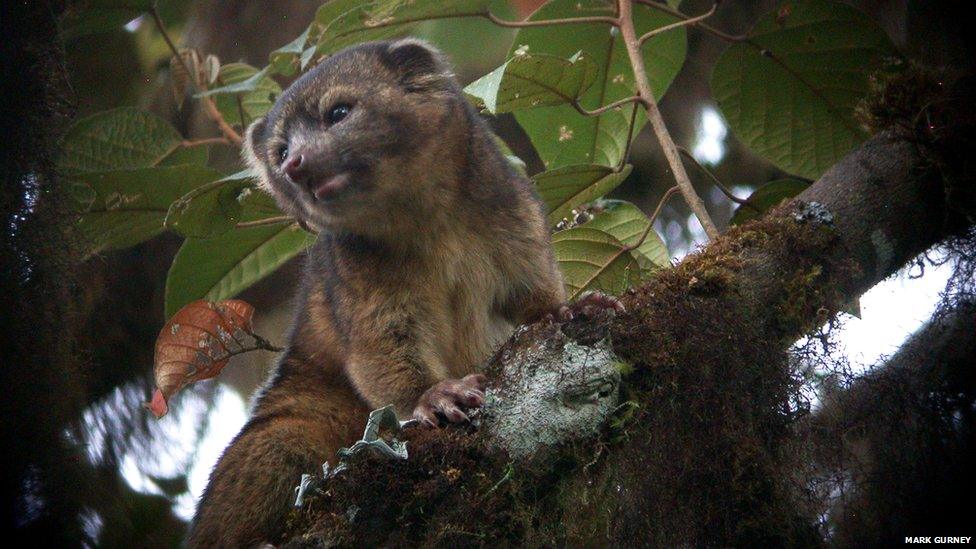
This is the olinguito, and it's on the top 10 list of new species discovered in the past year. It's a carnivore that lives in the treetops of the Andes mountains in South America. A relative of the racoon, it got scientists excited after a forgotten specimen was first found - in a drawer in a Chicago museum!
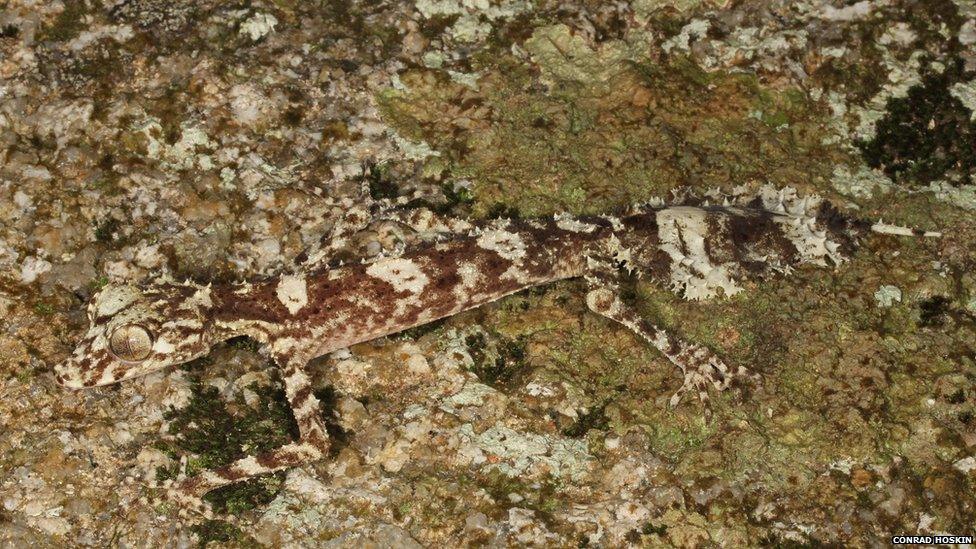
The International Institute for Species Exploration - a science group based in New York City, announces its top 10 each year. This year's chart includes the leaf-tailed gecko here. With a wide tail for extra camouflage, it waits for its prey on vertical surfaces of rocks and trees in north-eastern Australia.
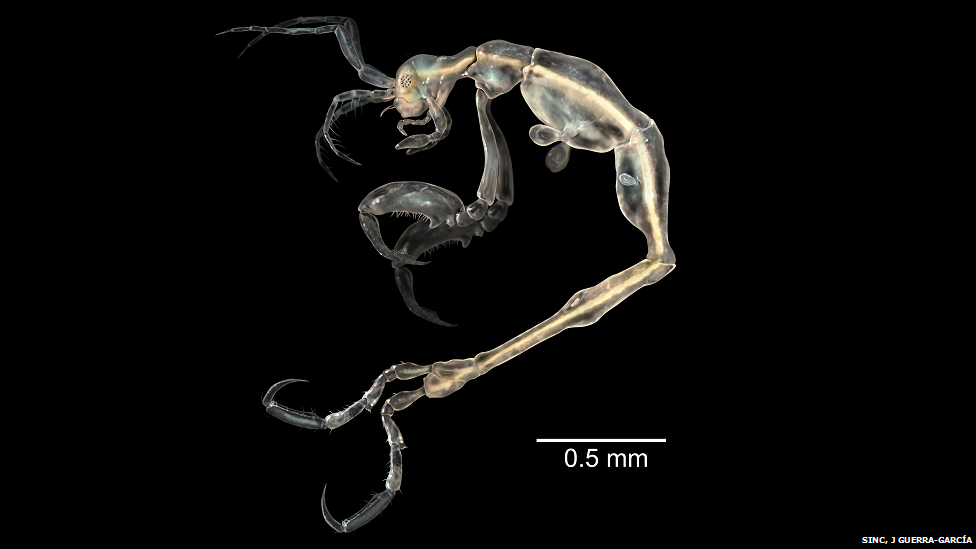
This translucent alien-like creature is actually a new skeleton shrimp. It's tiny - about the size of a grain of rice - and lives in the waters off the coast of California in the USA. The top 10 is chosen by an expert panel from about 18,000 new species found in the past 12 months.
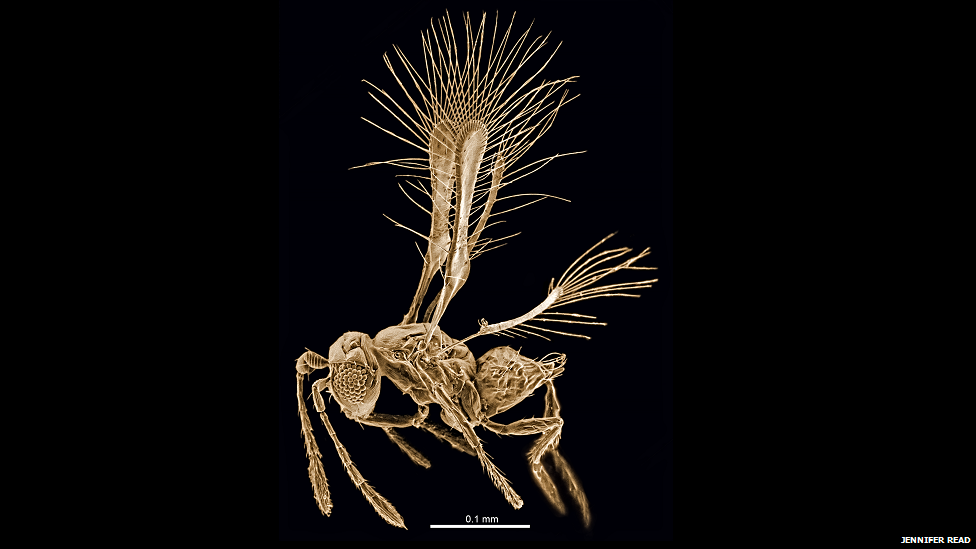
Meet Tinkerbell! It's a new parasitoid wasp from Costa Rica in South America. Called Tinkerbella nana it's named after Peter Pan's tiny flying friend and belongs to the tiny family commonly known as fairyflies.
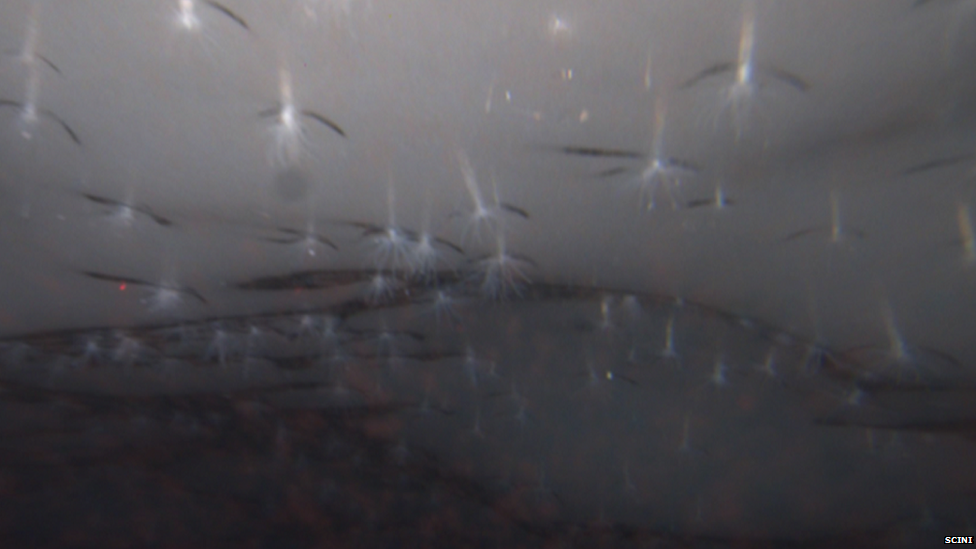
Imagine living inside solid ice! The first sea anemone ever reported to live in ice (Edwardsiella andrillae) was photographed underneath a glacier in Antarctica. The species aren't ranked in the top 10 - it's just a list.
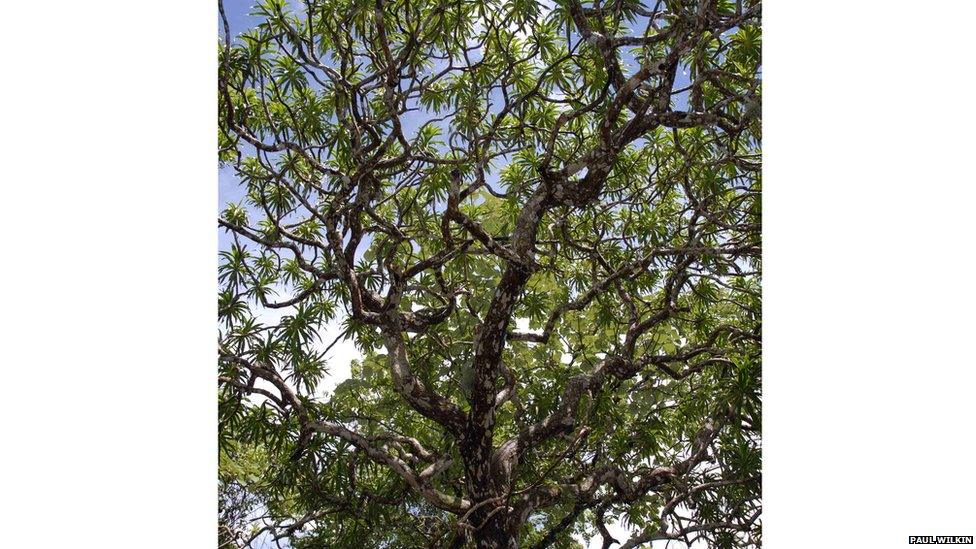
At around 12 metres tall, Kaweesak's dragon tree just goes to show that not all undiscovered species are microscopic. It's found in parts of Thailand.
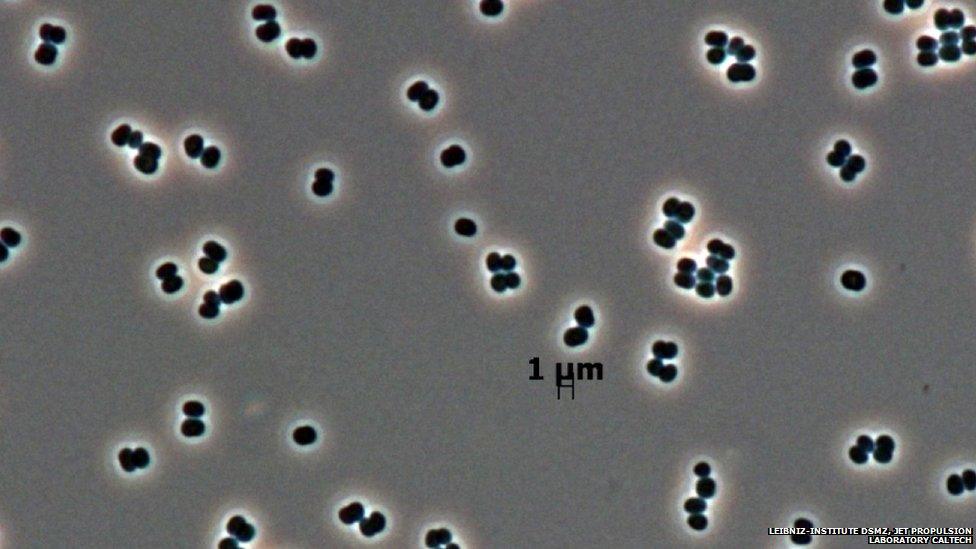
These newly discovered bacteria are known as "clean room" microbes, because they resist mankind's efforts to make places sterile, like the spacecraft assembly rooms where they were found.

Named Orange penicillium as a tribute to the Dutch royal family because of the bright orange colonies it forms, this fungus was found in soil in Tunisia in north Africa.
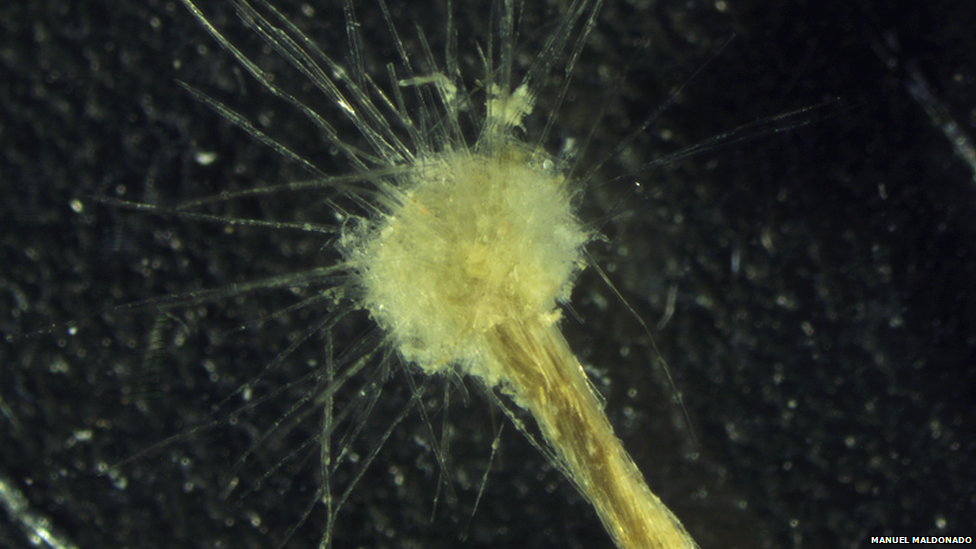
This amoeboid is between 4 and 5cm - huge for a single-celled creature. Spiculosiphon oceana is found in Europe's Mediterranean Sea. It builds a shell from sponge fragments and feeds on invertebrates.

Found in deep, darkest caves 900m below south eastern Europe, in Croatia, this tiny domed land snail (Zospeum tholussum) has no shell pigment, no eyes, and crawls just a few millimetres a week.
